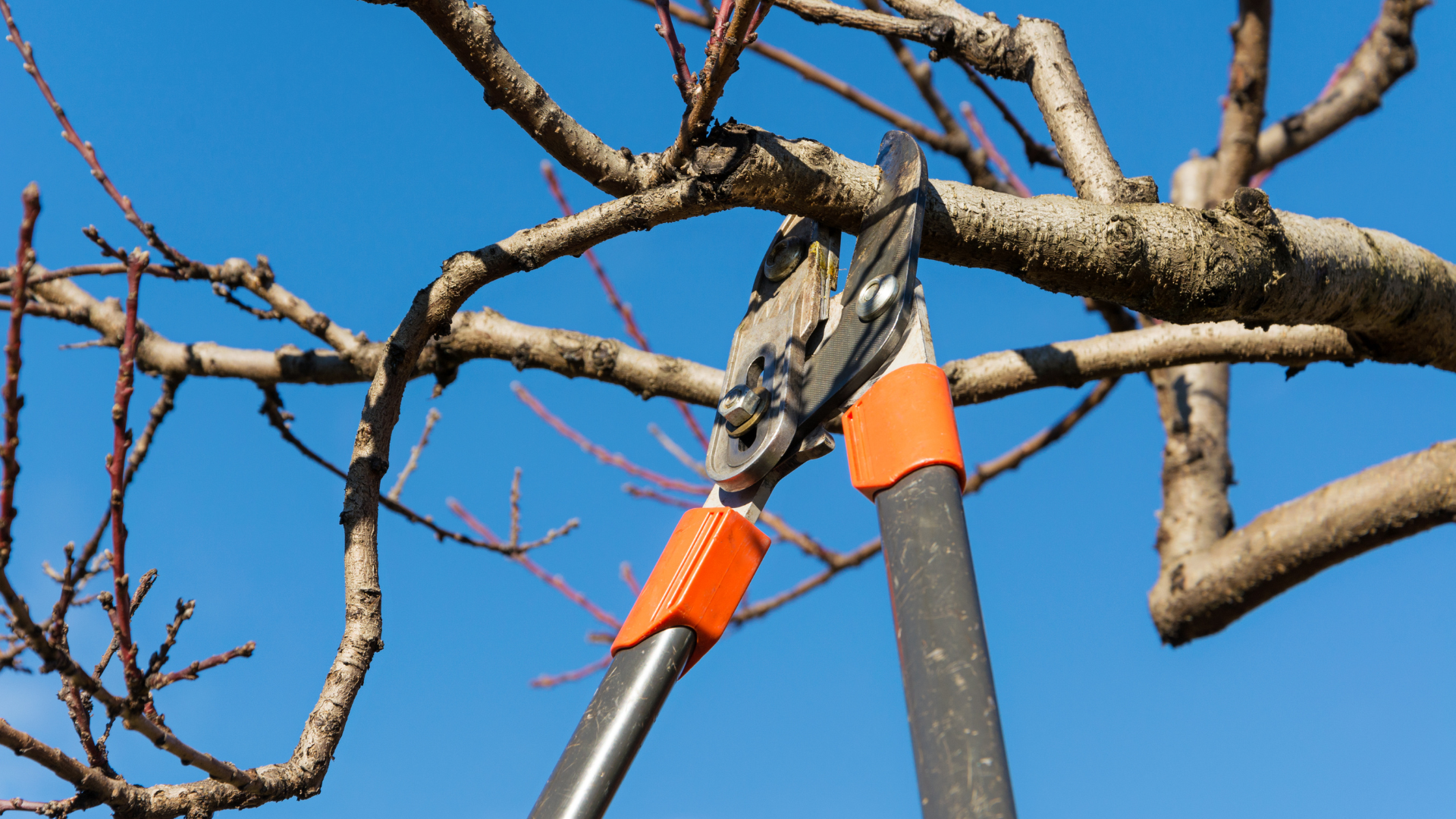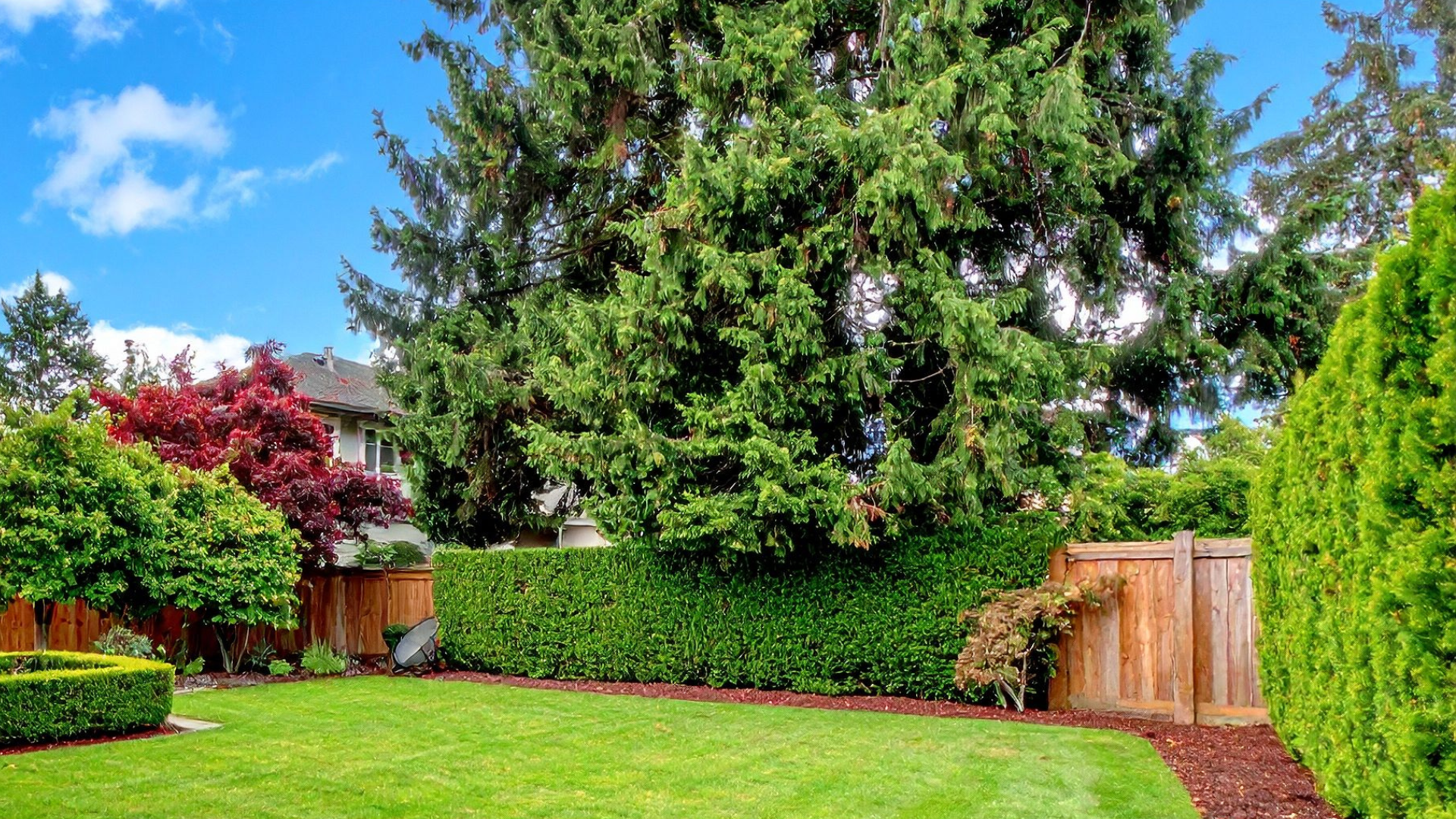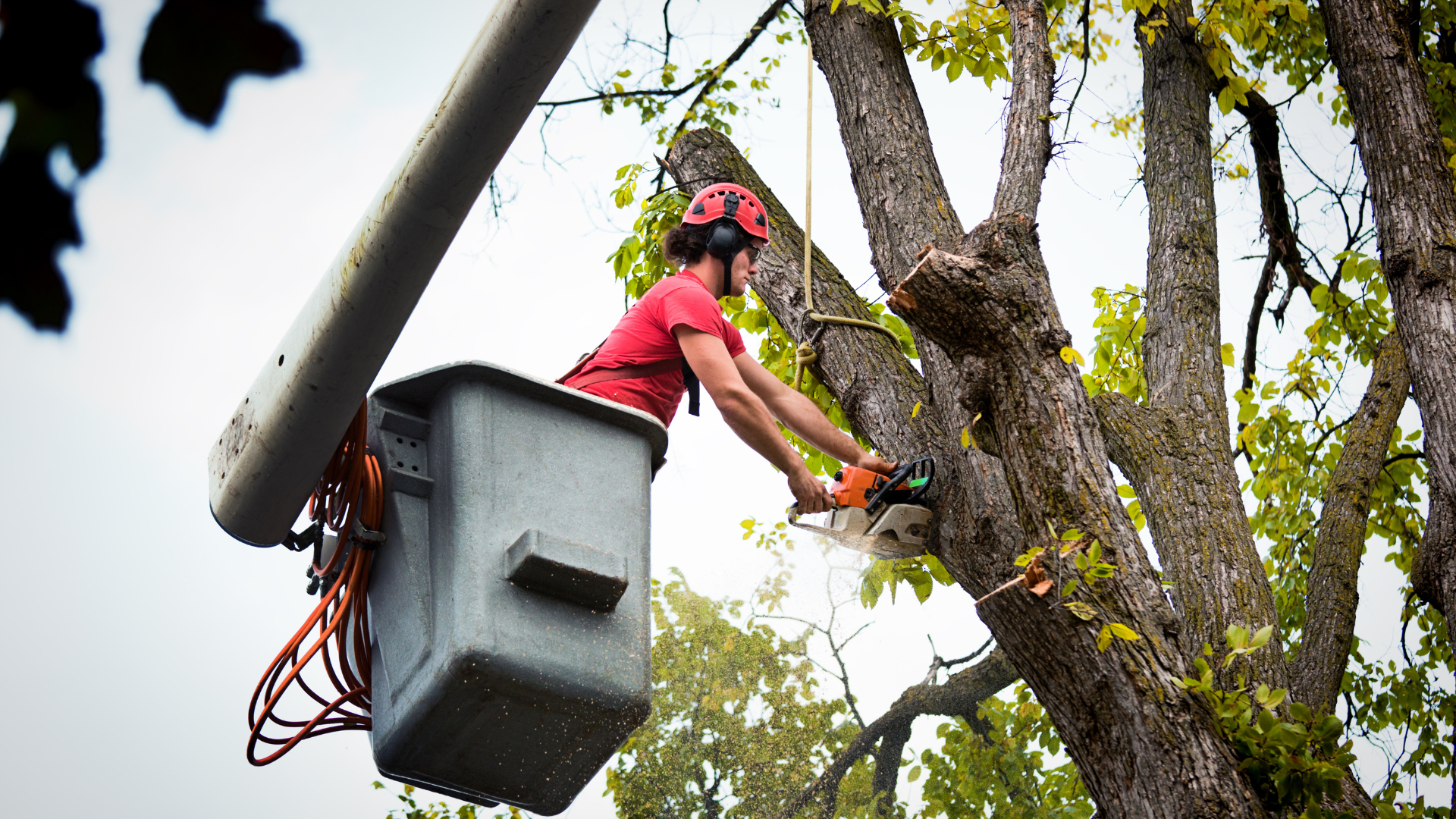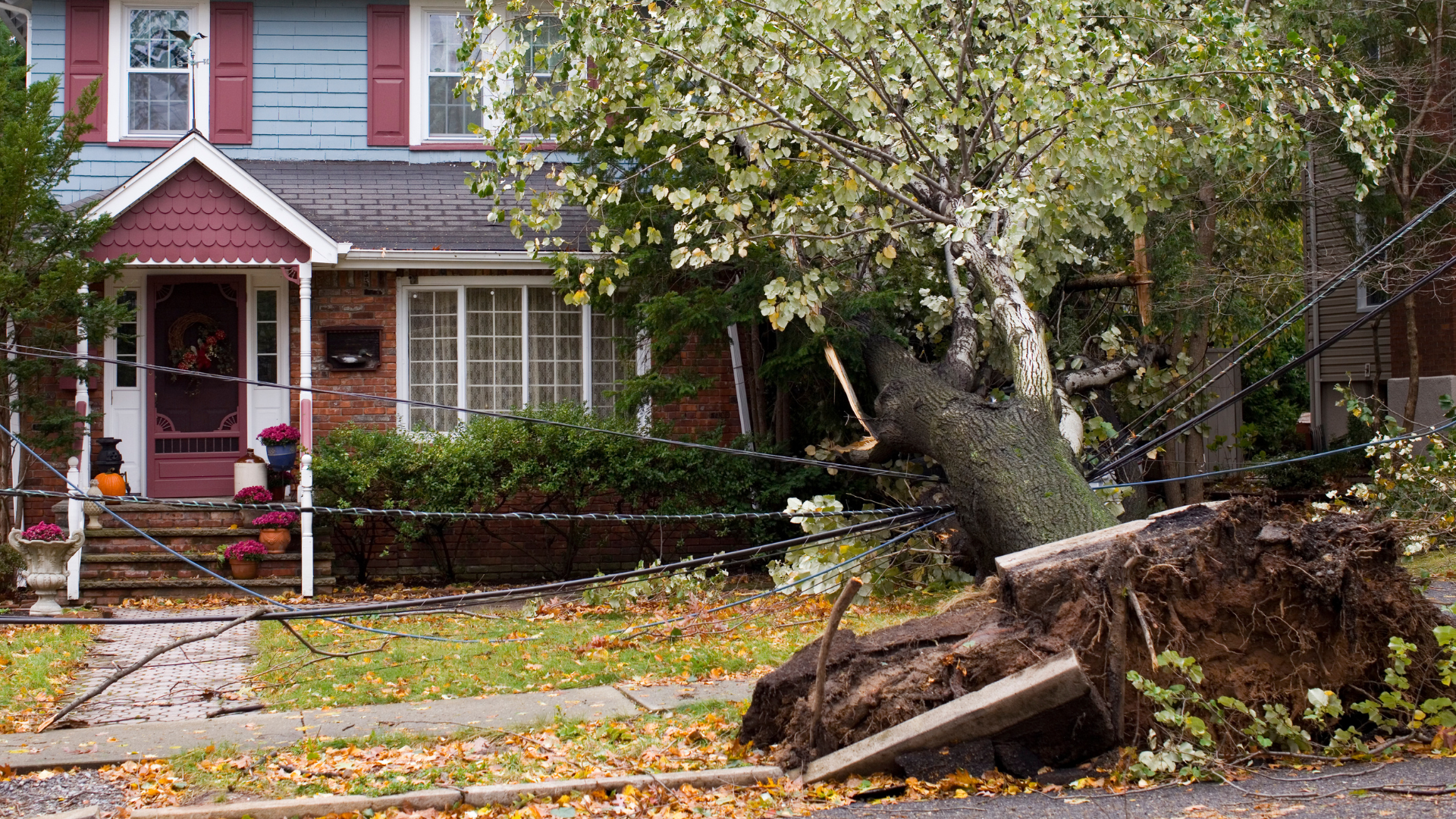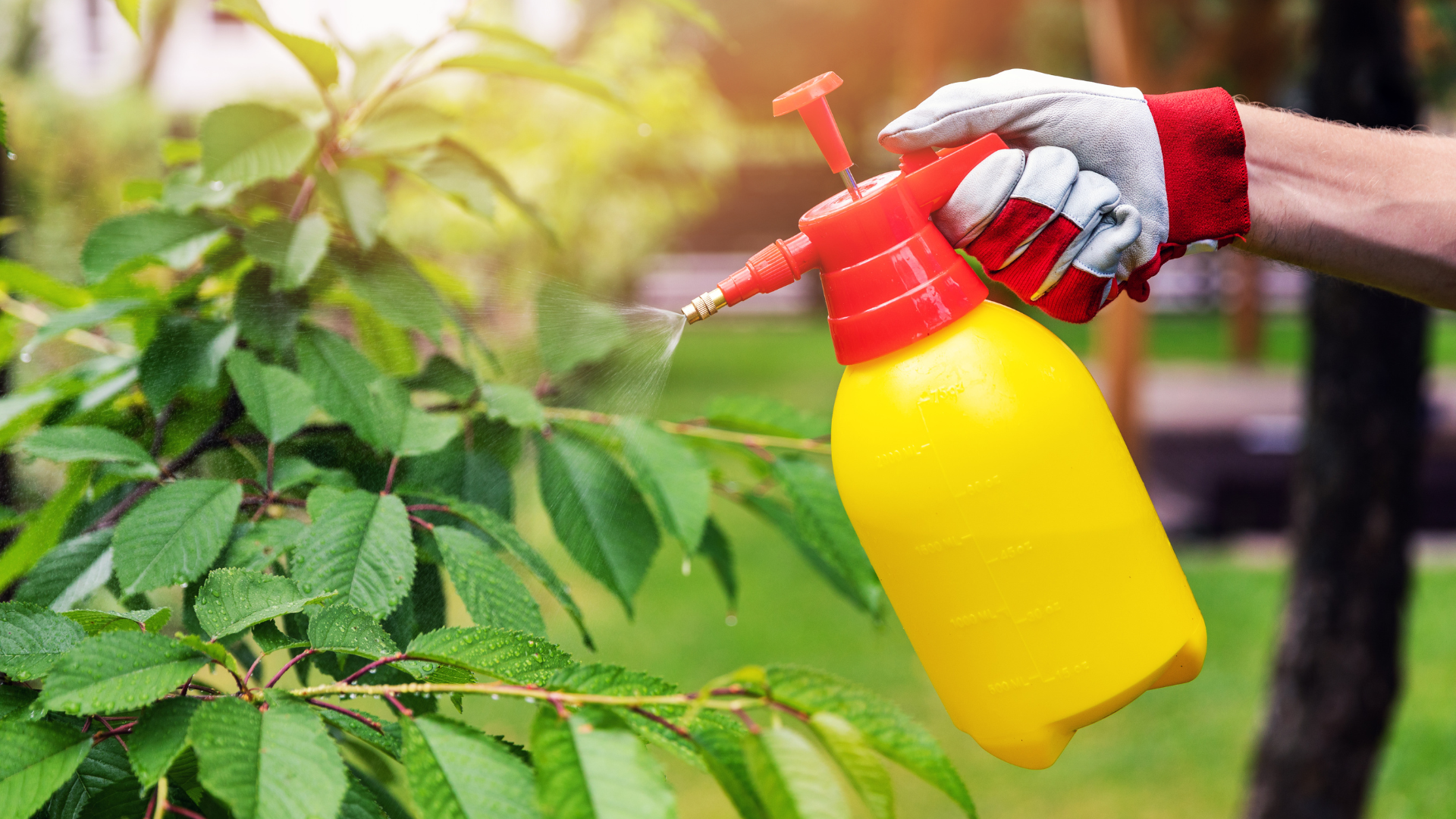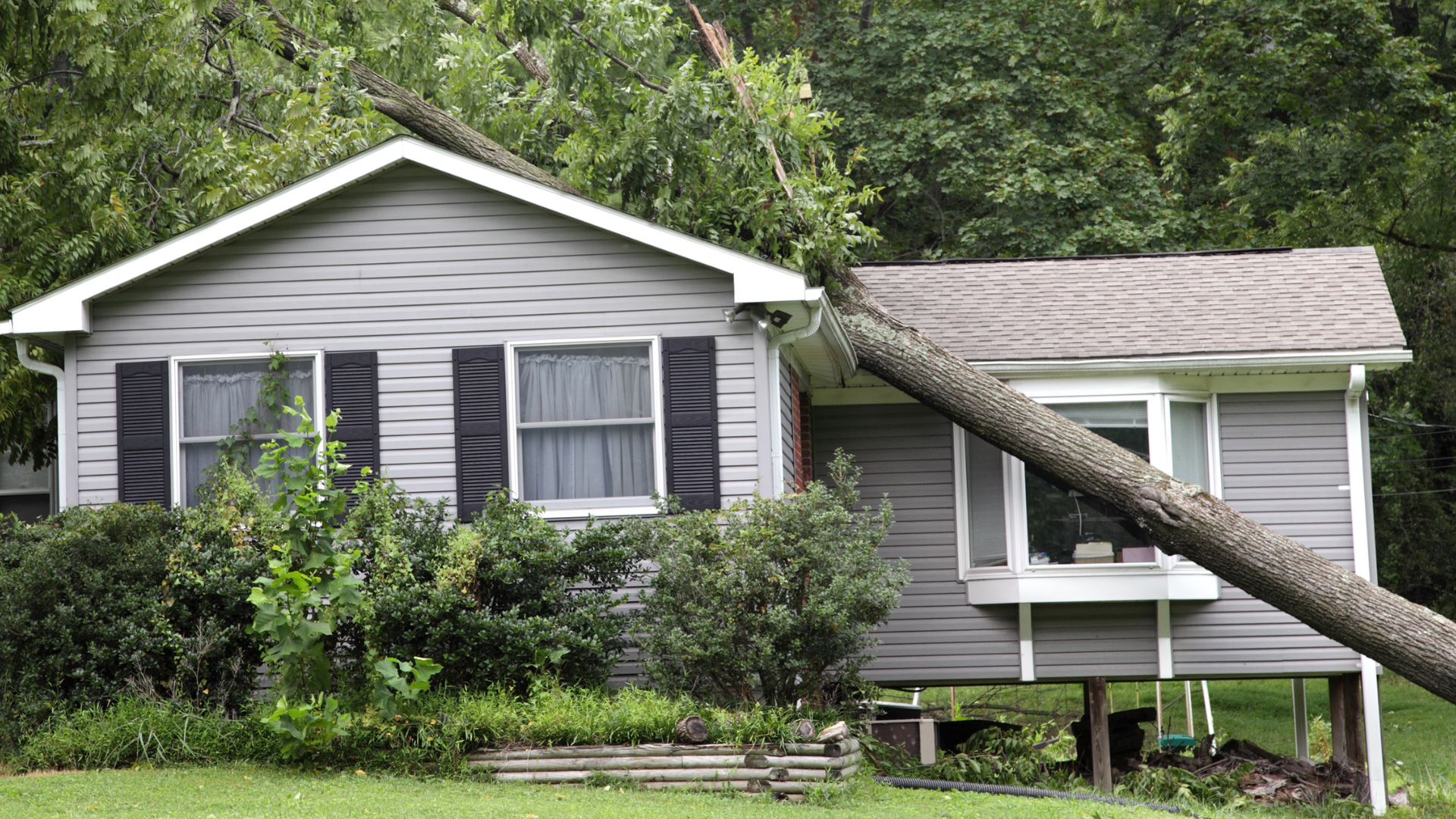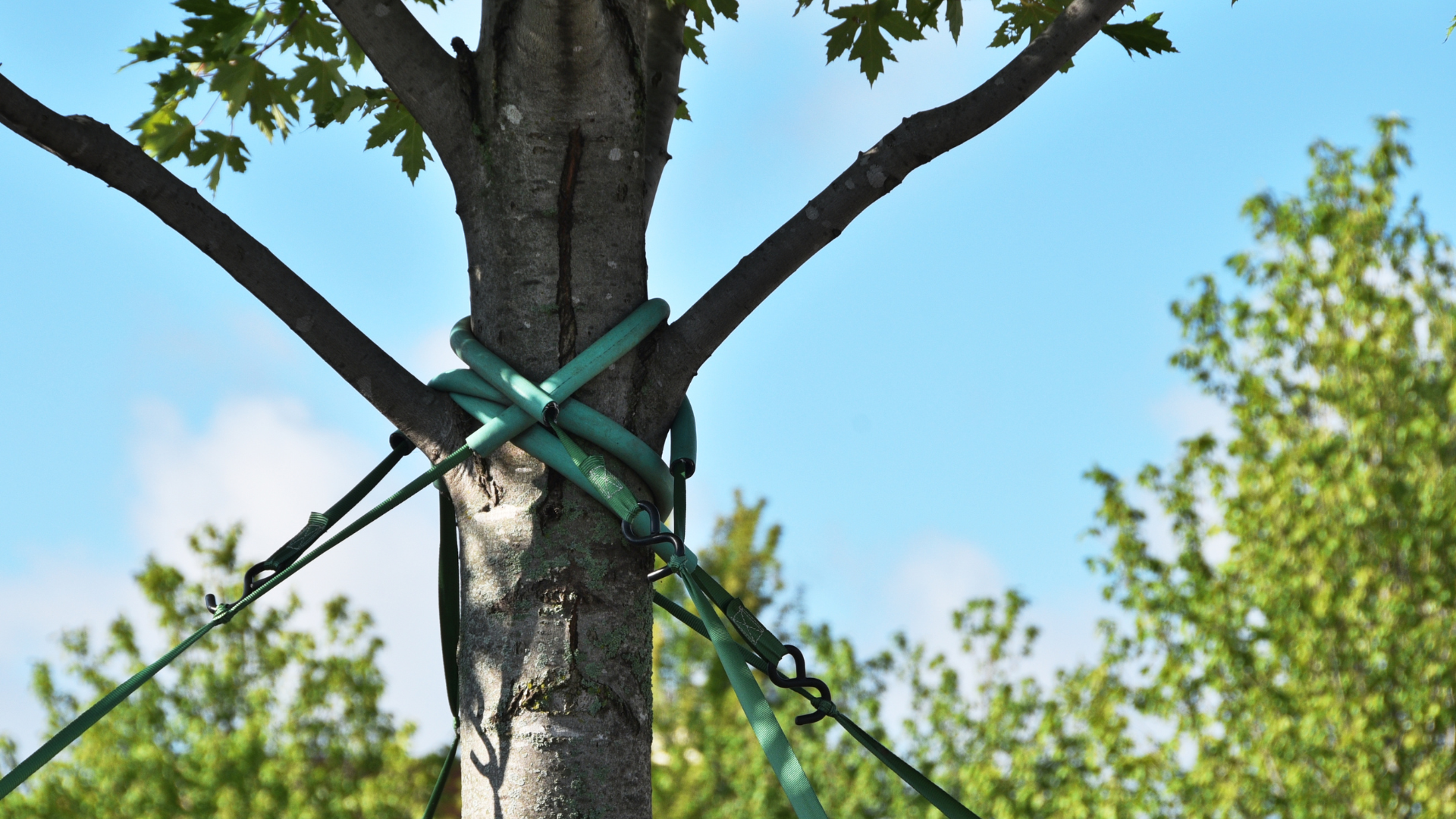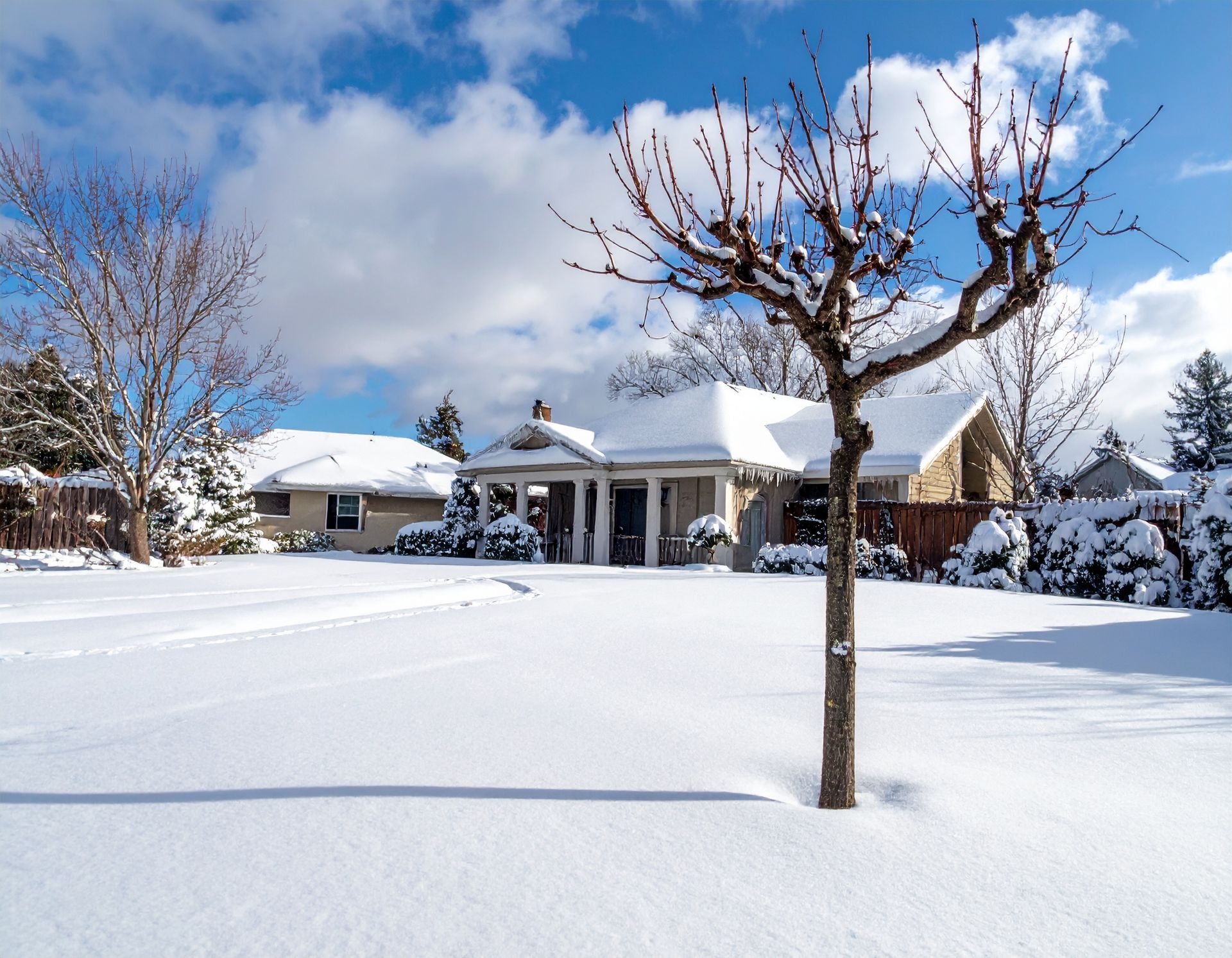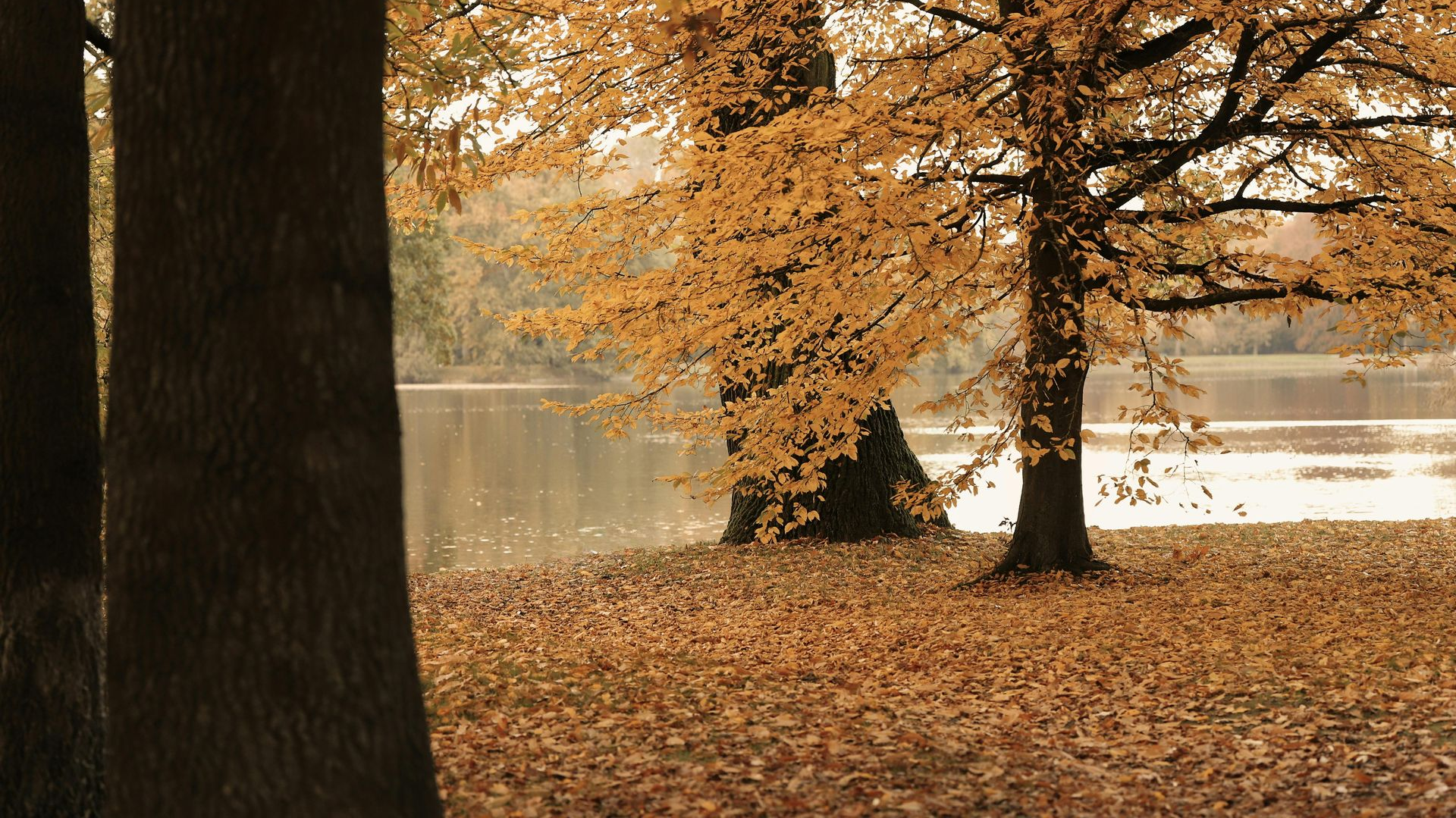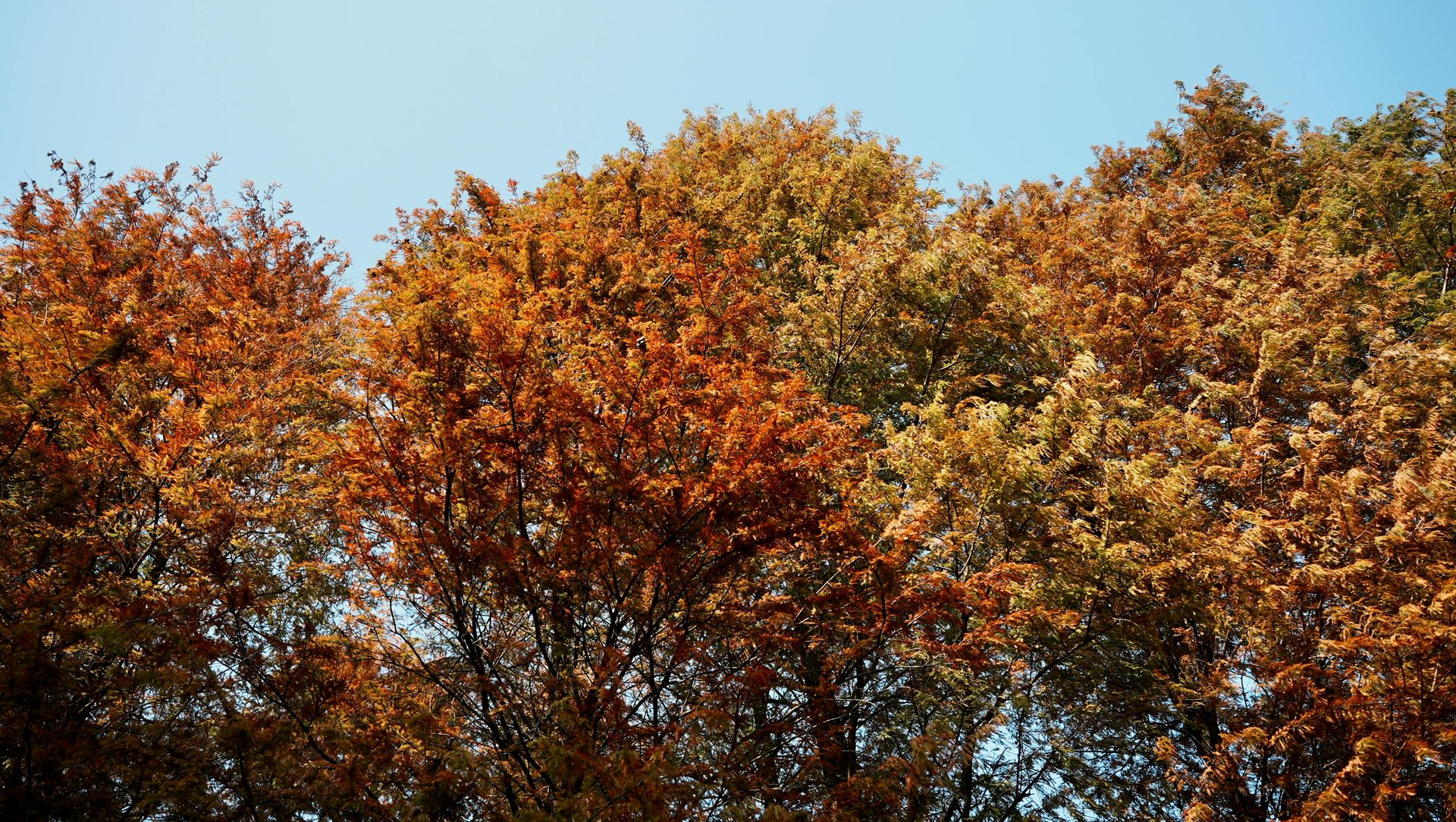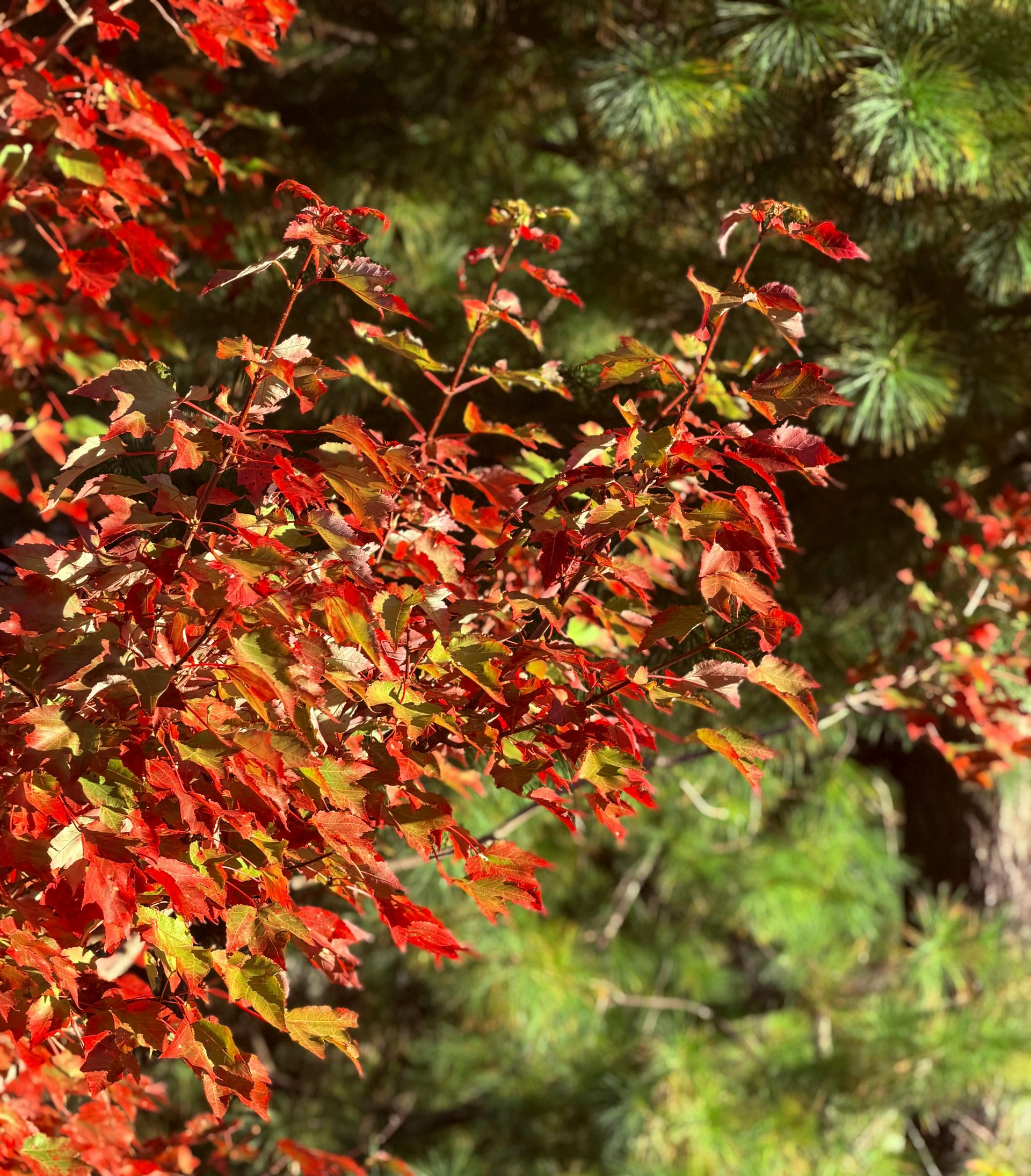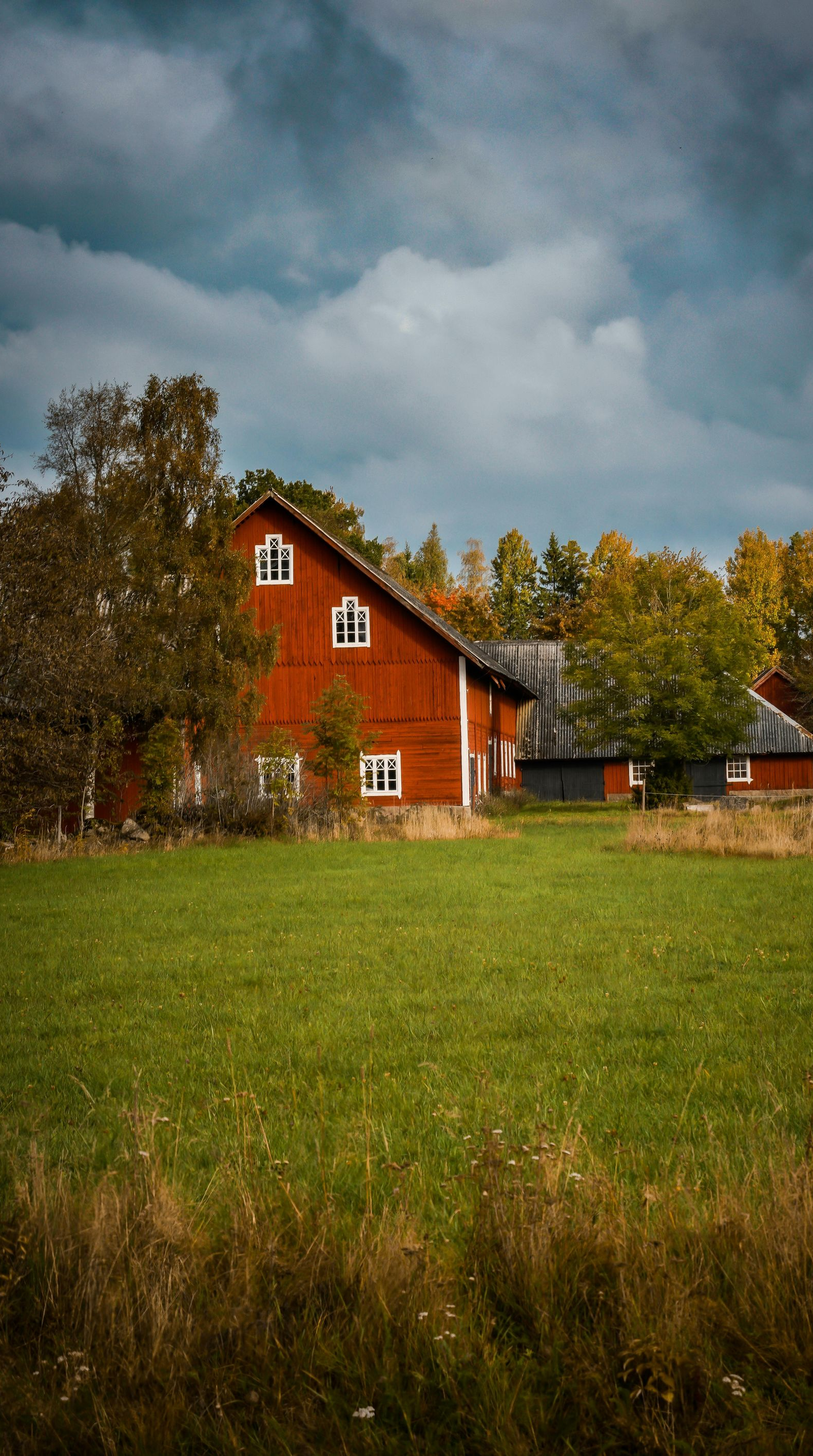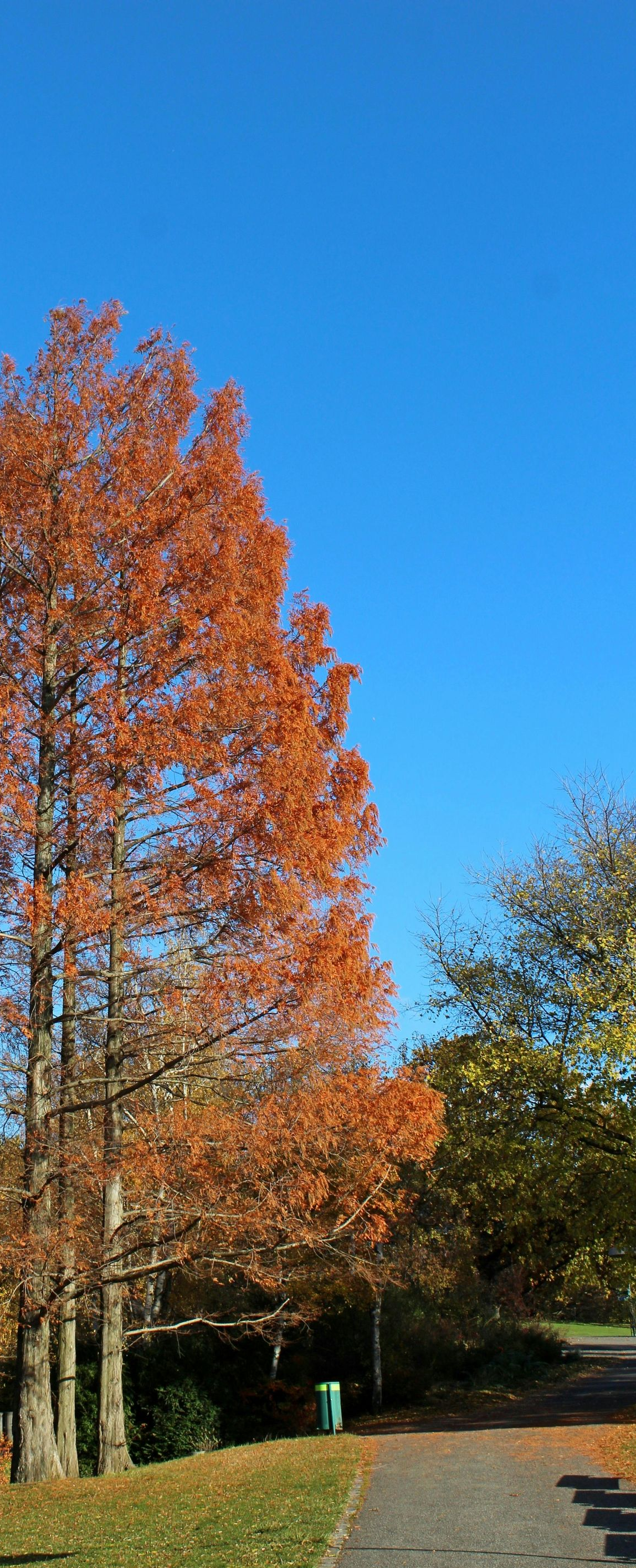How Fall Weather Affects Tree Health in the Midwest
Preparing Your Trees for the Season Ahead
Fall is one of the most beautiful times of year in the Midwest. Trees turn vibrant shades of red, gold, and orange, transforming neighborhoods into stunning displays of color. Yet, while autumn appears to be a time of rest for trees, it is also a period of significant transition. The cooler temperatures, shorter days, and changes in moisture all influence tree health in important ways. At Midwest Tree Surgeons, we help property owners understand how these seasonal shifts affect their trees and what care steps can ensure their health through winter and into spring.
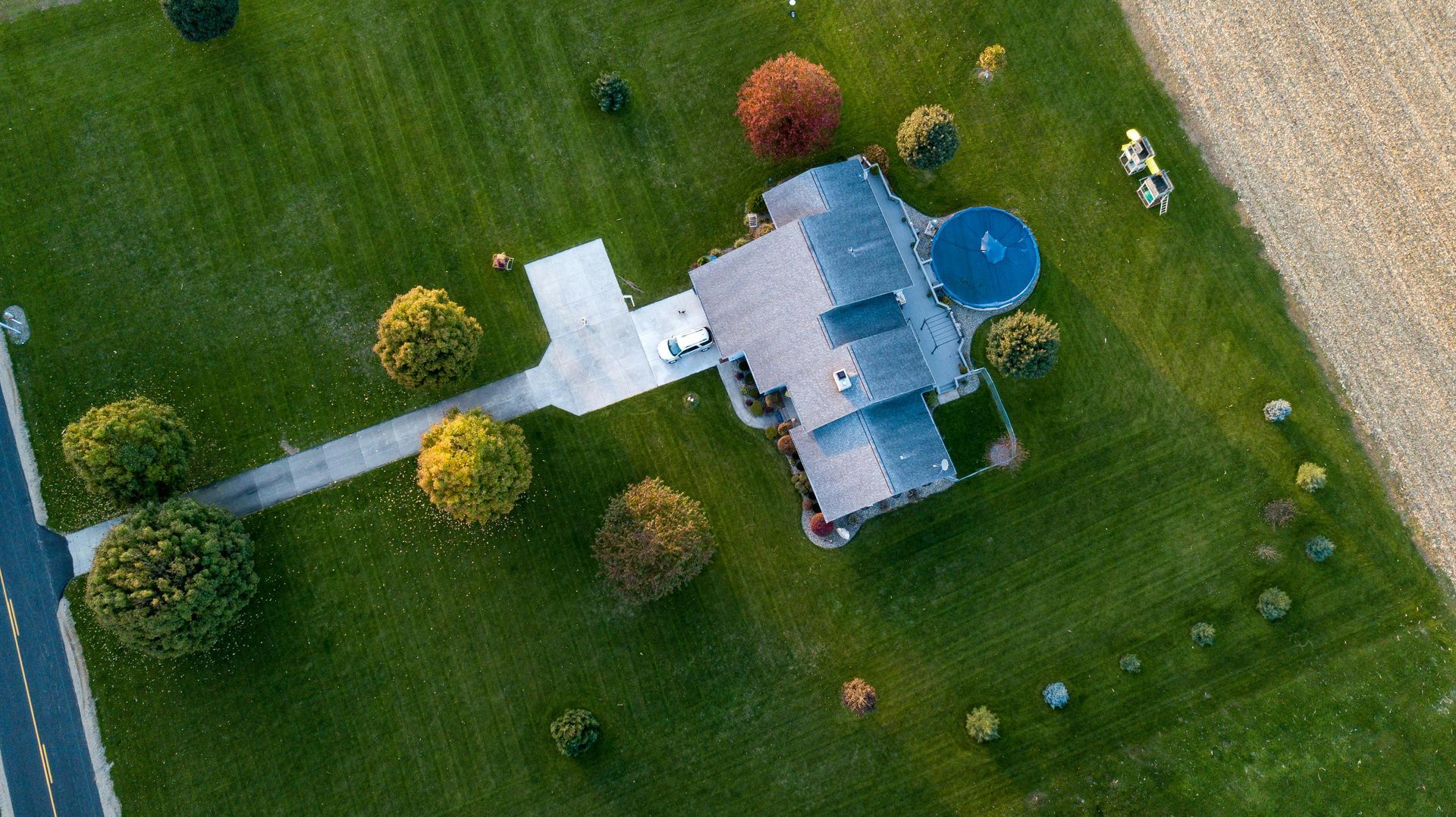
Preparing for Dormancy
As daylight hours decrease and temperatures cool, trees begin to enter a state known as dormancy. This is the tree’s natural way of conserving energy during the cold months ahead. During this transition, trees slow their growth and redirect nutrients from their leaves to their roots. The bright colors of fall foliage occur because chlorophyll production slows, revealing the pigments already present in the leaves.
While
dormancy is a natural and necessary process, it is also a vulnerable time. If trees do not receive adequate water before the soil freezes, they may struggle to remain hydrated during winter. This can lead to damage such as branch dieback or weakened root systems. For this reason, fall watering is one of the most important maintenance tasks property owners can perform.
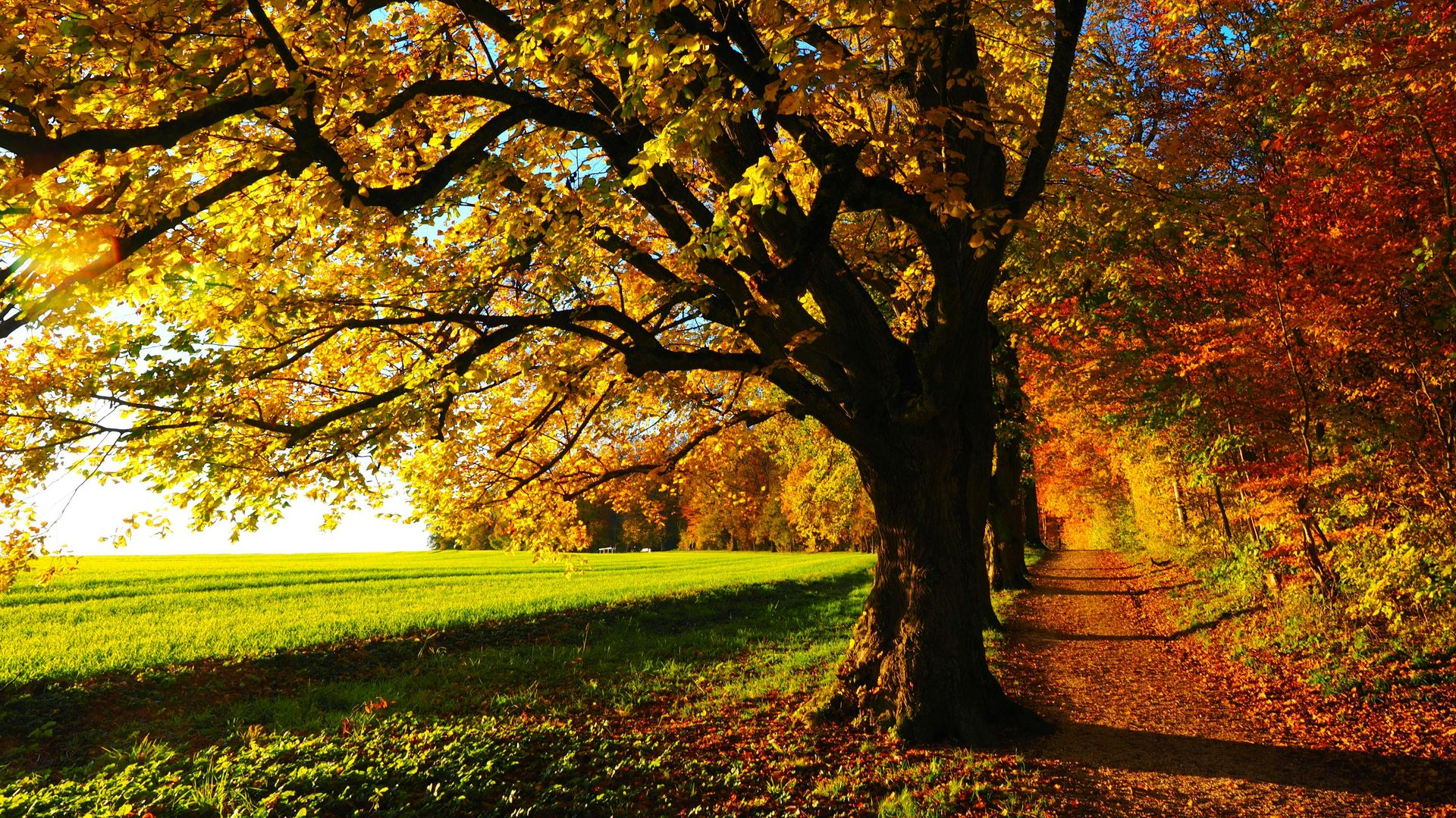
The Importance of Fall Moisture
Moisture levels in the soil play a major role in how well trees handle the cold. Autumn in the Midwest can bring periods of heavy rain followed by dry spells. Extended dryness before winter can stress trees and reduce their ability to resist pests or disease. Mature trees should be deeply watered before the ground freezes to ensure that moisture reaches the entire root system. Mulching around the base of trees also helps retain soil moisture and moderate temperature fluctuations.
Nutrient Storage and Soil Health
Fall is the time when trees store the energy they will use for spring growth. Healthy soil provides the essential nutrients they need to strengthen roots and prepare for dormancy. Compacted soil, poor drainage, or a lack of organic material can prevent roots from absorbing water and nutrients effectively. Adding organic mulch or compost in the fall improves soil structure and provides a slow release of nutrients over the winter months.
At Midwest Tree Surgeons, we often perform soil evaluations and root zone treatments during the fall season. These proactive steps ensure that trees enter winter strong and capable of recovering quickly in the spring.
The Impact of Temperature Fluctuations
Midwestern weather can be unpredictable in the fall, with warm days followed by sudden drops in temperature. These rapid changes can cause stress in tree bark and lead to splitting, a condition known as frost crack. Young trees and those with thin bark are especially vulnerable. Wrapping the trunks of young or newly planted trees with breathable tree wrap provides protection against extreme temperature changes.
Fall Pruning and Maintenance
Pruning is another important aspect of fall tree care. Removing dead, diseased, or damaged branches prevents decay from spreading and reduces the risk of breakage during winter storms. Because most trees are entering dormancy, pruning in late fall minimizes sap loss and encourages healthy regrowth in the spring.
Additionally, removing fallen leaves from around the base of trees helps reduce the presence of fungal spores and overwintering pests. A clean base area supports both tree health and property appearance.
Final Thoughts
Fall is far more than a season of beautiful foliage. It is a critical time for maintaining the long-term health of your trees. From ensuring proper moisture levels to pruning and soil care, each step taken during autumn contributes to stronger, healthier growth when spring returns.
At Midwest Tree Surgeons, we specialize in preparing trees for the challenges of Midwestern weather. Our team provides expert assessments, soil treatments, and pruning services to help your trees thrive through every season. With the right care in the fall, your landscape will continue to grow strong, resilient, and beautiful year after year.
